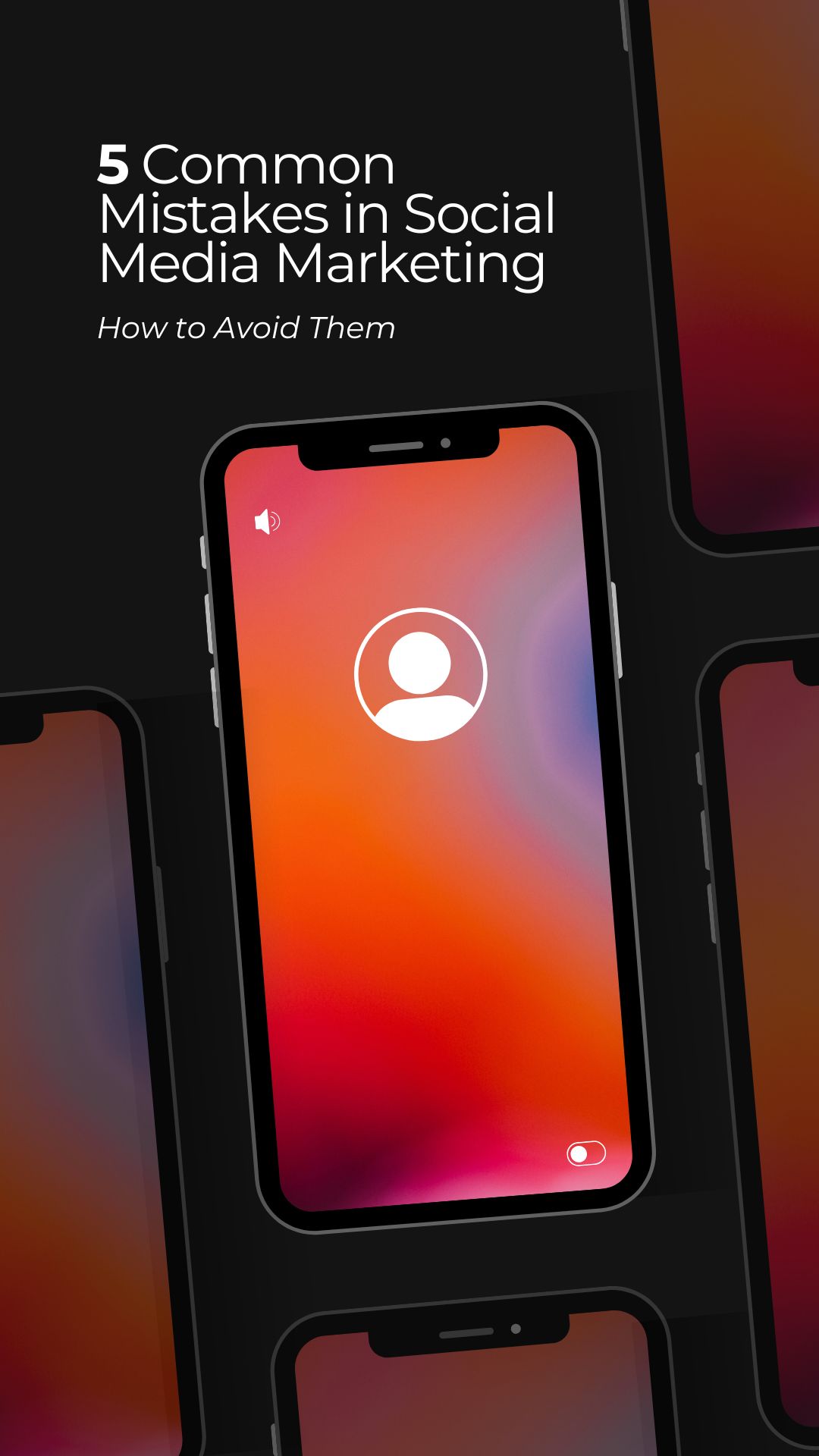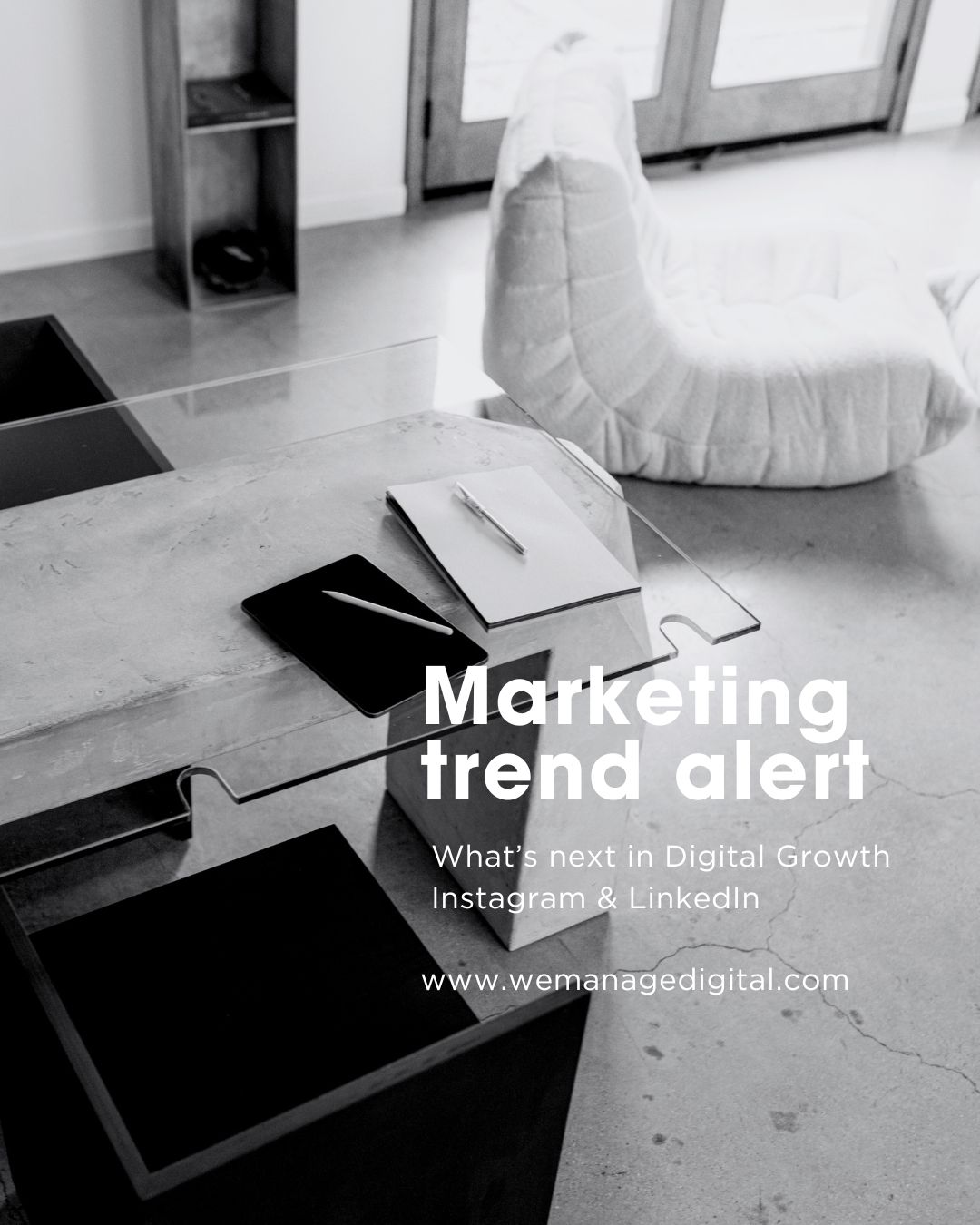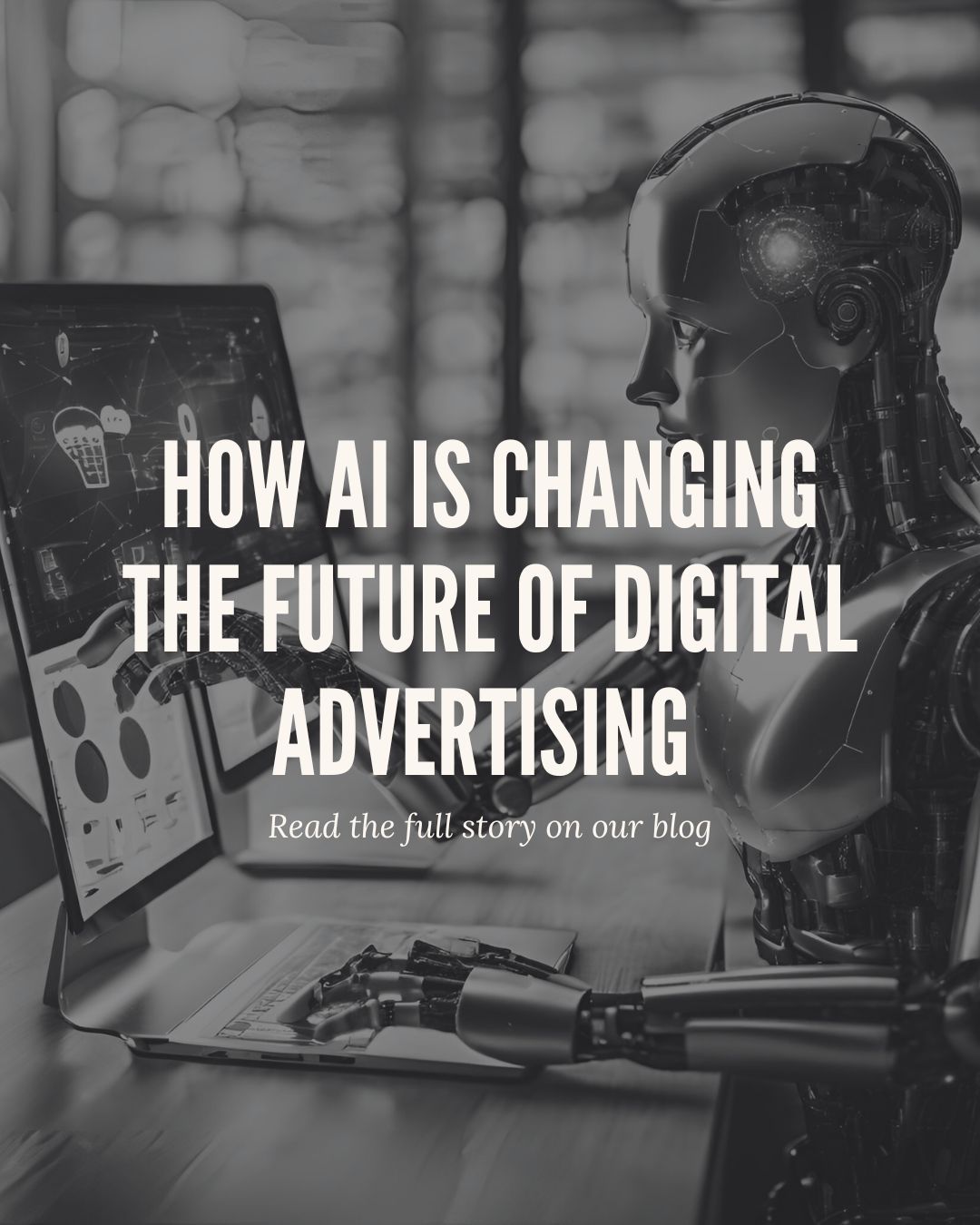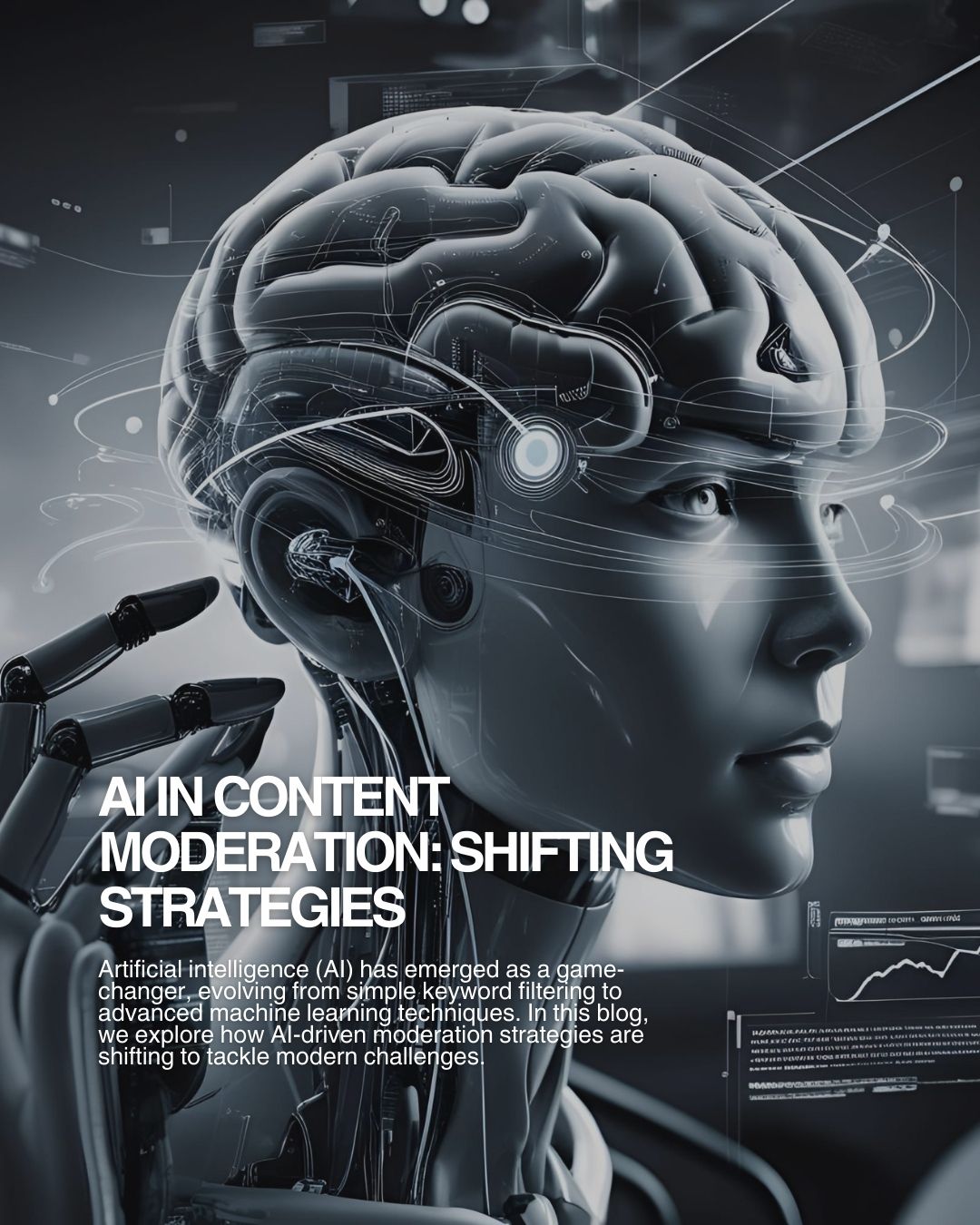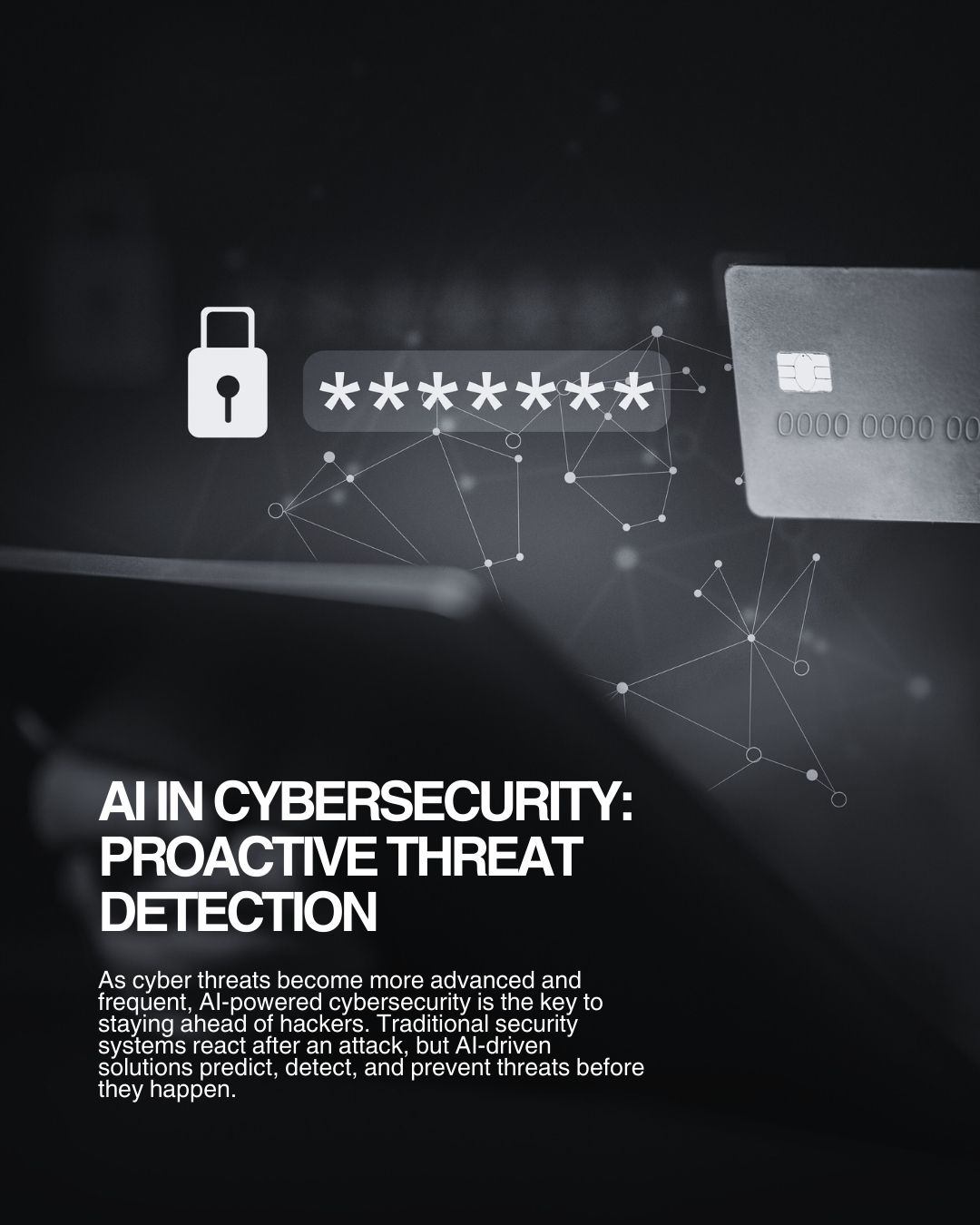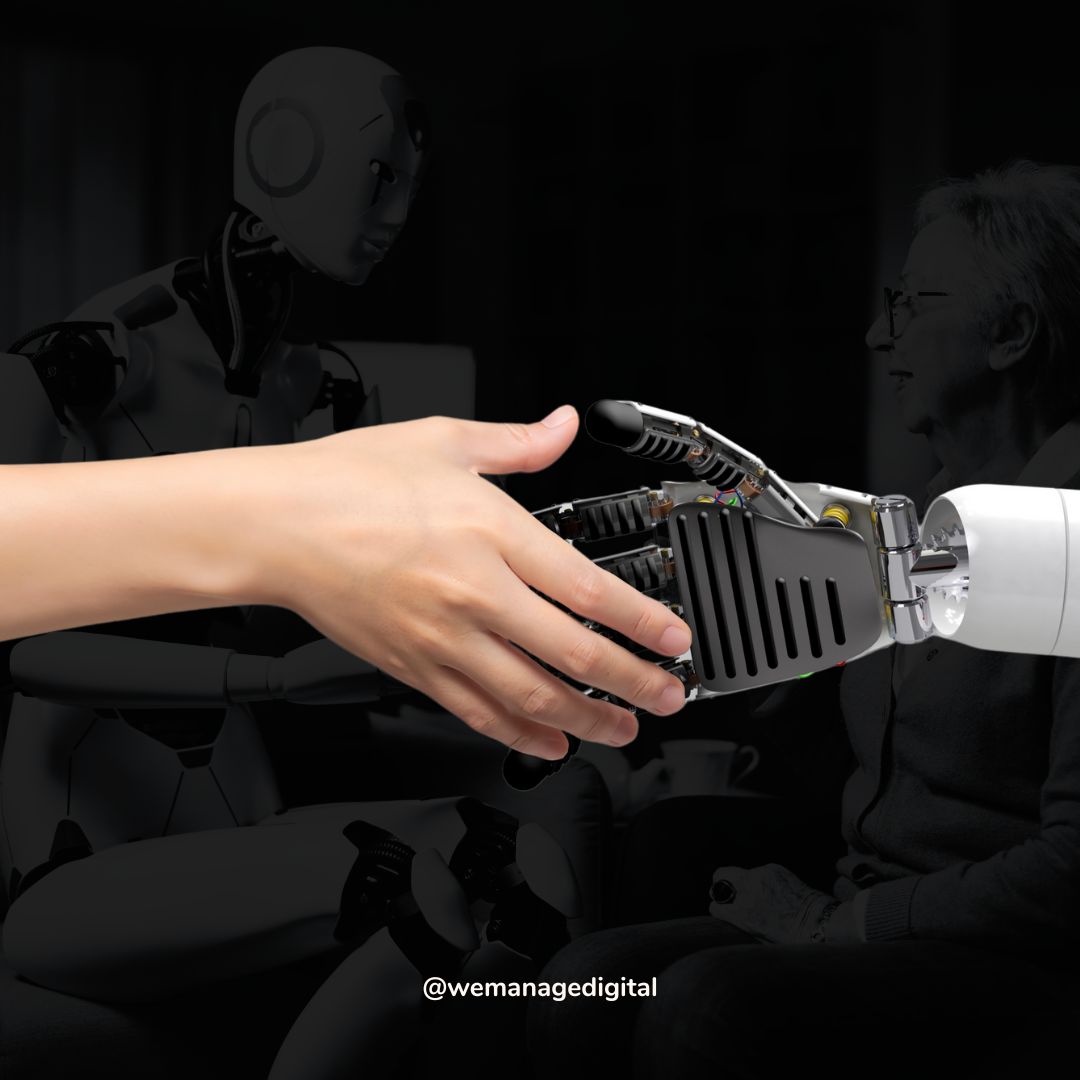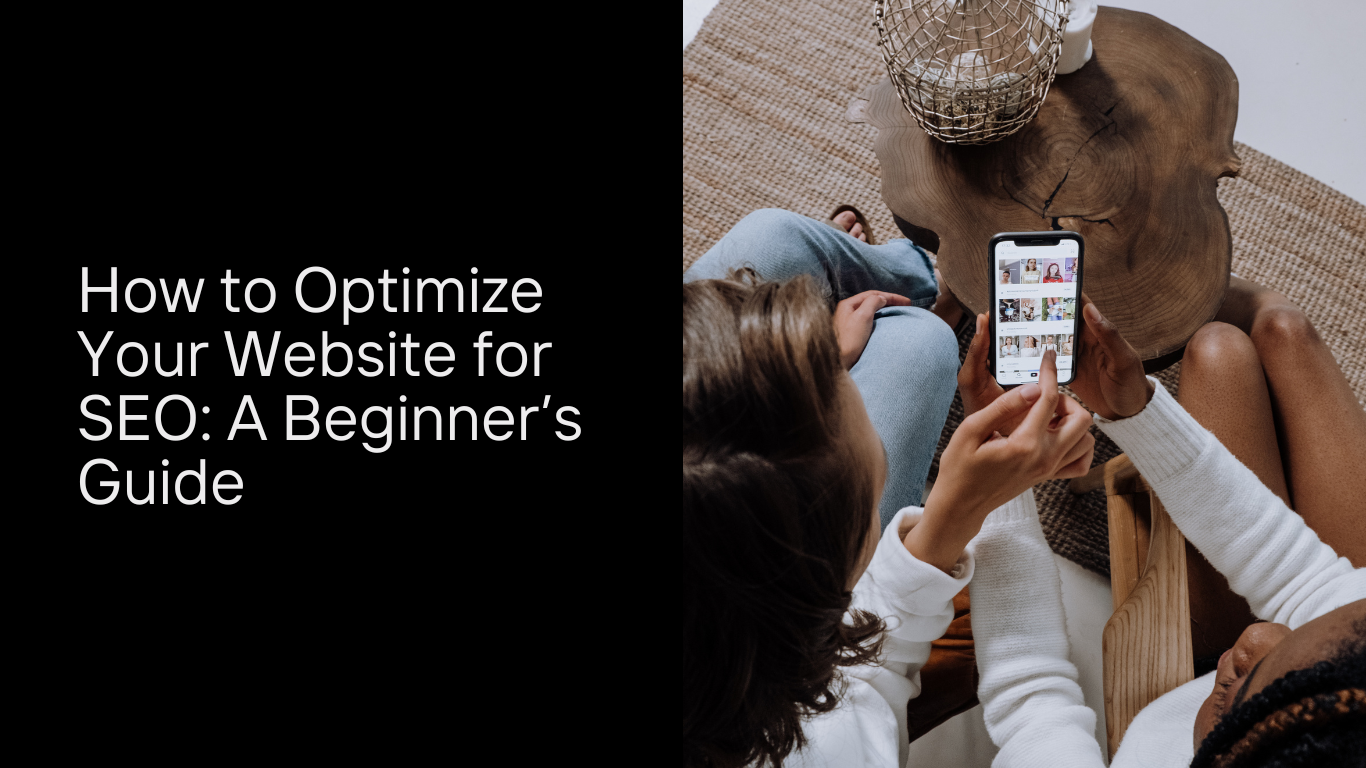In the ever-evolving landscape of digital marketing, Augmented Reality (AR) stands out as a game-changer. By blending the physical and digital worlds, AR offers immersive experiences that captivate audiences and drive deeper engagement. Let’s explore how AR is revolutionizing marketing and discover innovative use cases that can elevate your brand.
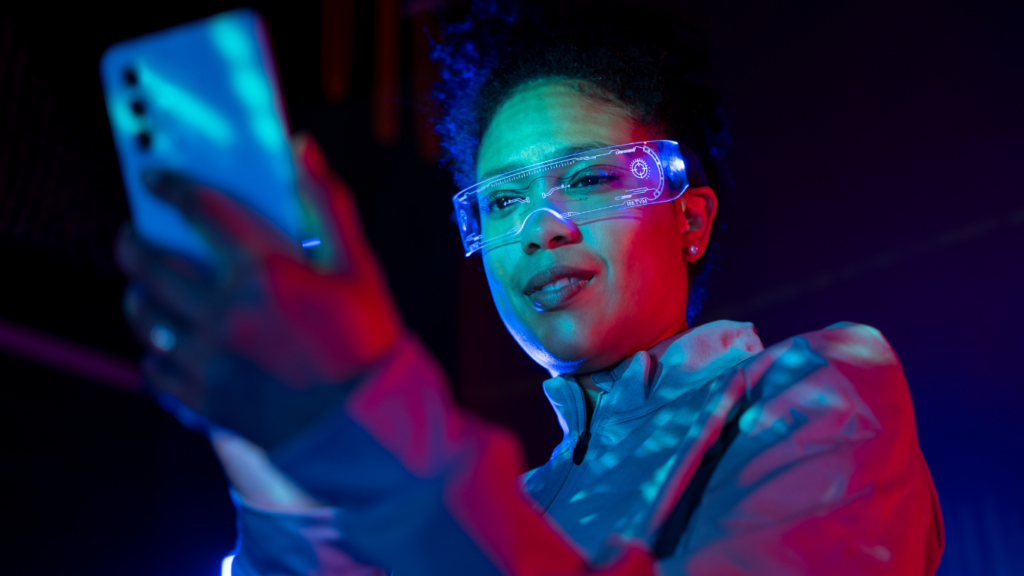
What is Augmented Reality (AR)?
AR overlays digital information—such as images, videos, and sounds—onto the real world, enhancing the way users interact with their surroundings through devices like smartphones, tablets, or AR glasses. Unlike Virtual Reality (VR), which creates an entirely artificial environment, AR enriches the existing world by adding interactive elements.
Why AR in Marketing?
- Enhanced Customer Engagement: AR transforms passive viewers into active participants, making brand interactions more memorable and engaging.
- Personalized Experiences: Tailor experiences to individual preferences and behaviors, creating a unique journey for each customer.
- Improved Conversion Rates: Interactive and immersive experiences can significantly boost conversion rates by providing a more compelling product showcase.
- Innovative Brand Perception: Position your brand as a tech-savvy leader by adopting cutting-edge AR technology.
Innovative AR Use Cases in Marketing
- Virtual Try-Ons
- Fashion and Accessories: Brands like Gucci and Warby Parker enable customers to virtually try on clothes, glasses, and accessories, enhancing the online shopping experience and reducing return rates.
- Cosmetics: L’Oréal’s virtual makeup try-on app lets users see how different makeup products look on their faces, helping them make confident purchase decisions.
- Interactive Product Demonstrations
- Furniture and Home Decor: IKEA’s AR app allows customers to visualize how furniture will look and fit in their homes, aiding in purchase decisions and reducing uncertainty.
- Automotive: Car manufacturers like BMW offer virtual test drives and detailed explorations of car features through VR, providing an immersive experience without the need to visit a showroom.
- Enhanced Retail Experiences
- In-Store Navigation: Stores like Lowe’s use AR to help customers navigate through large retail spaces, find products easily, and access additional product information.
- Interactive Displays: Retailers use VR to create engaging in-store experiences, such as virtual fashion shows or product tutorials, to attract and retain customers.
- Immersive Brand Storytelling
- Experiential Marketing: Brands like Coca-Cola and Pepsi have created VR experiences that take customers on a journey, telling the brand story in an immersive and engaging way.
- Virtual Tours: Tourism boards and travel companies use VR to offer virtual tours of destinations, enticing potential travelers by showcasing the beauty and attractions of a location.
- Augmented Advertising Campaigns
- Interactive Ads: AR can transform traditional advertising by adding interactive elements. For example, Pepsi’s AR bus stop campaign created an interactive experience that surprised and engaged passersby.
- Print to Digital: Magazines and billboards equipped with AR codes can bring print ads to life, providing additional information, videos, or interactive elements through a smartphone.
- Virtual Events and Trade Shows
- Virtual Booths: Companies use VR to create virtual booths at trade shows, allowing attendees to explore products and services remotely.
- Live VR Events: Brands host live VR events or product launches, providing a virtual front-row experience for audiences worldwide.
- Educational and Training Tools
- Product Training: Companies like Home Depot use VR to train employees on product knowledge and customer service skills in a controlled, immersive environment.
- Customer Education: Brands use AR to create interactive tutorials and guides for customers, enhancing the learning experience and ensuring better product usage.
Implementing AR in Your Marketing Strategy
- Identify Goals and Objectives
- Determine how AR can enhance customer engagement and interaction with your brand.
- Identify ways AR can drive sales and improve the shopping experience.
- Choose the Right Technology
- Select AR platforms that align with your goals, such as mobile apps or web-based AR experiences.
- Invest in AR development tools and collaborate with experienced developers to create high-quality experiences.
- Create Compelling Content
- Develop engaging and interactive content that adds value to the customer experience.
- Ensure visuals are high-quality and realistic to provide a convincing experience.
- Promote Your AR Experiences
- Use social media, email marketing, and other channels to promote your AR experiences.
- Encourage customers to share their AR experiences on social media to increase reach and engagement.
- Measure and Optimize
- Use analytics tools to track engagement, usage, and the impact of AR experiences on sales and customer satisfaction.
- Collect feedback from users to understand their experiences and identify areas for improvement.
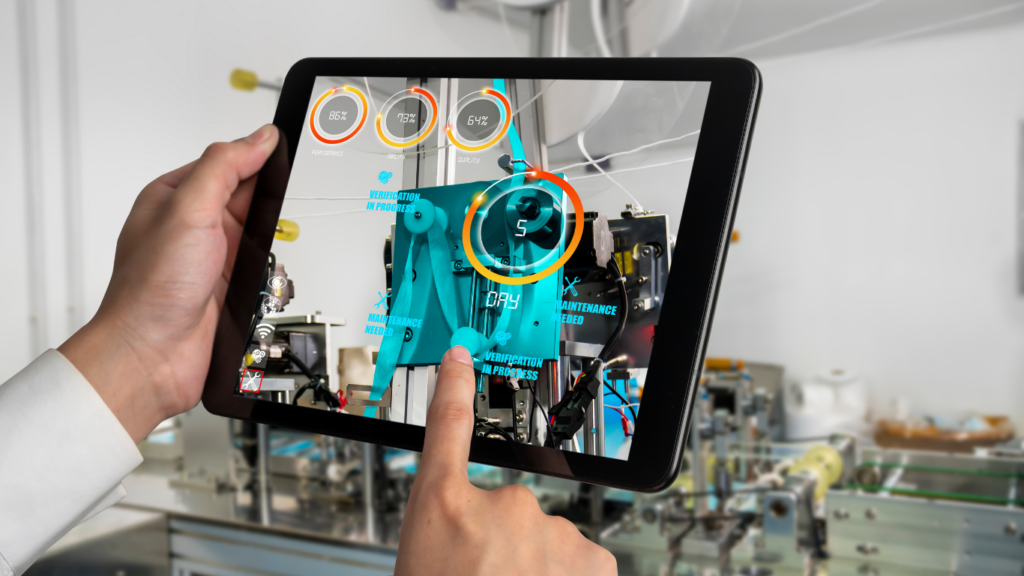
Conclusion
Augmented Reality offers brands a unique opportunity to create immersive, engaging, and personalized experiences that resonate with modern consumers. By integrating AR into your marketing strategy, you can enhance customer engagement, boost conversion rates, and position your brand as an innovative leader. Embrace the potential of AR to transform your marketing efforts and connect with your audience in ways never before possible.



